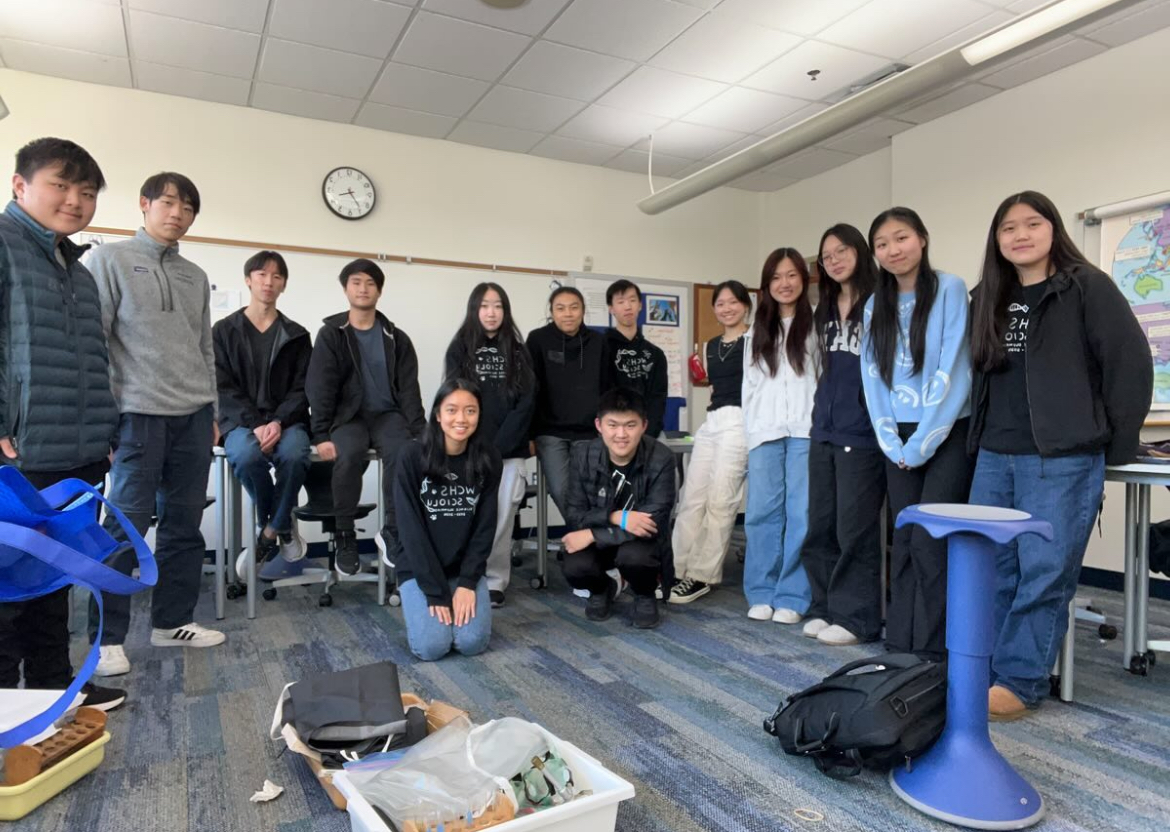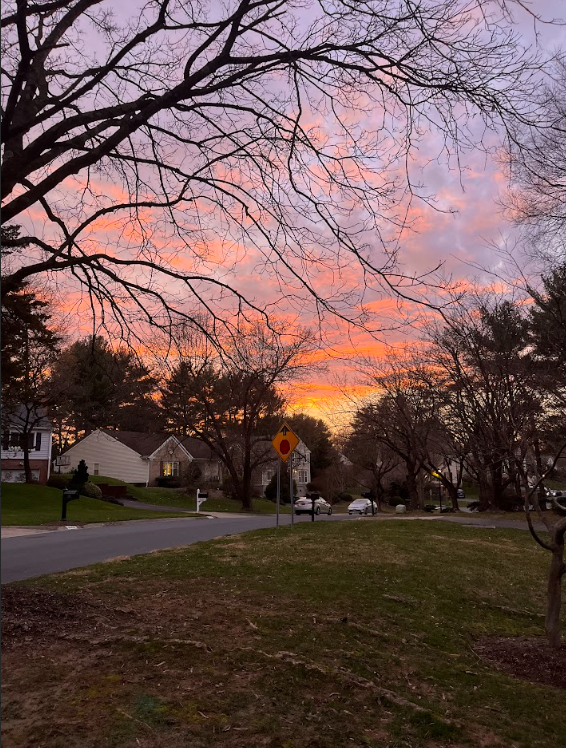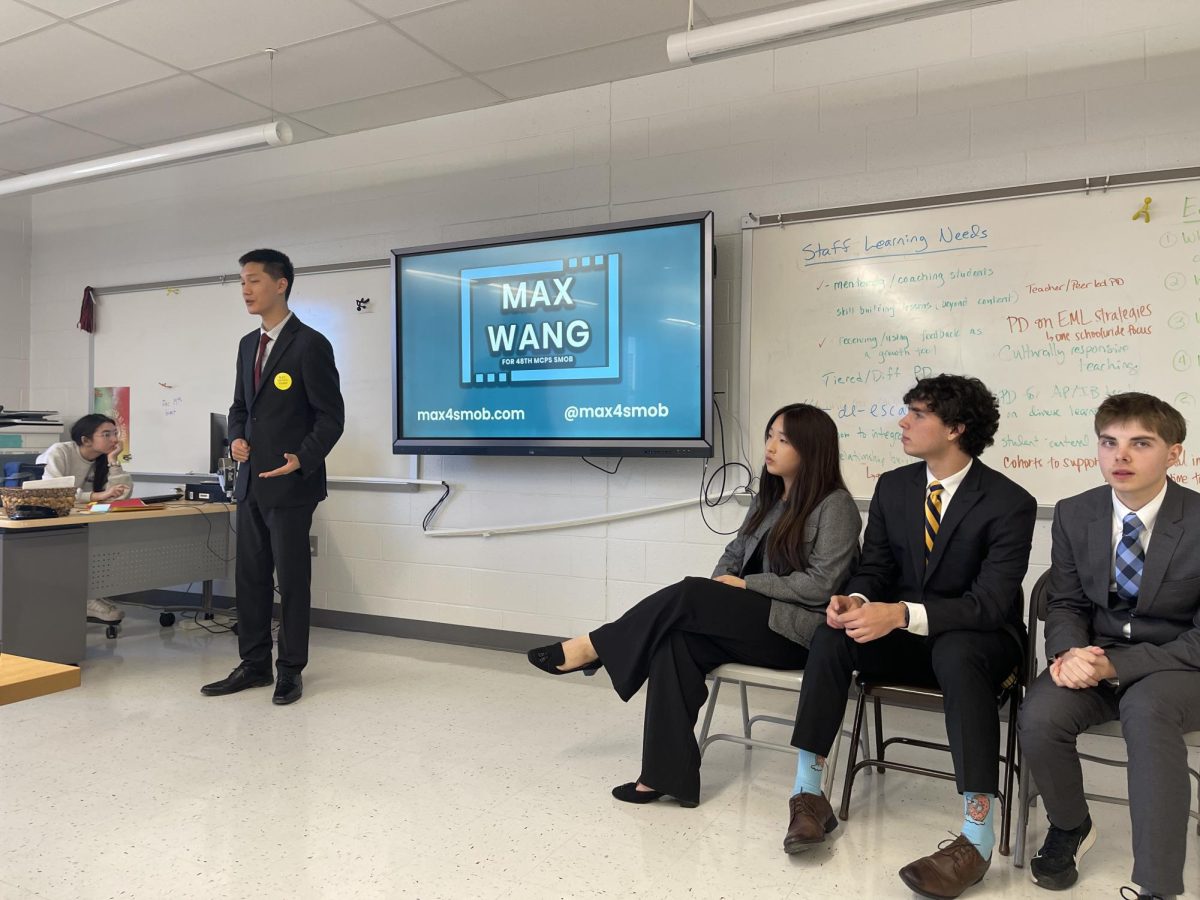Cinnamon rolls, cinnamon toast, cinnamon cookies, or even cinnamon waffles—these are the delicious foods often associated with cinnamon. At least, they used to be associated with the spice, before the cinnamon challenge.
The cinnamon challenge, a dare that involves swallowing one tablespoon of dry, ground cinnamon in a minute without any water, has gone viral on the Internet. A simple search on Google yields more than 50 million results.
Often, the videos end with the person having a coughing fit. One case in Michigan even resulted in a four-day hospital stay for a high school freshman due to a collapsed right lung and an infection.
“The concern with the cinnamon challenge is that the cinnamon quickly dries out the mouth, making swallowing difficult,” said Alvin Bronstein, the managing and medical director for the Rocky Mountain Poison and Drug Center, in a statement. “As a result, teens who engage in this activity often choke and vomit, injuring their mouths, throats and lungs.”
According to junior Kaeshini Thiran, she accepted the dare after a friend told her to look at a video of him doing the challenge.
“I thought that I could handle it and that people over-exaggerated,” Thiran said. “It was really thick and burned my throat and nose. I regretted doing it immediately after and cinnamon came out my nose.”
According to the American Association of Poison Control Center’s National Poison Data System, the number of calls to poison centers across the US increased from 51 in 2011 to 139 in just the first three months of 2012. Thirty of those calls required medical check-ups, while 122 were classified under intentional misuse or abuse.
“The exposures reported to poison centers indicating intentional misuse or abuse are likely related to the cinnamon challenge,” Bronstein said. “We urge parents and caregivers to talk to their teens about the cinnamon challenge, explaining that what may seem like a silly game can have serious health consequences.”
There are dissenting opinions, however. Many comments on articles and videos of the challenge promote their own videos, while others criticize doctors for taking the challenge too seriously.
“I found the challenge hysterical,” said junior Michael Springer, who attempted the challenge with two other people. “It is quite funny to do it with a large group of people because that is the whole point of it, to trick people.”
In contrast, junior Chrissy Lorica thinks that it is important to warn people about the effects of the challenge before they attempt it.
“I guess I never really realized how dangerous it was,” Lorica said. “At the time it was just a stupid dare that I was cocky enough to get caught up in. I realize now how terrible the experience actually was, and I mean, I know people will do it regardless of warnings, but it can’t hurt to put them out there.”







